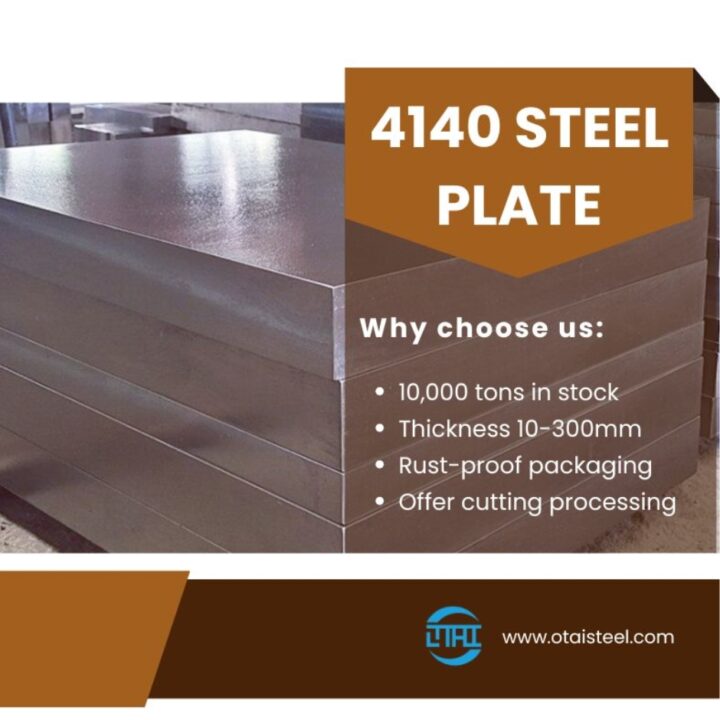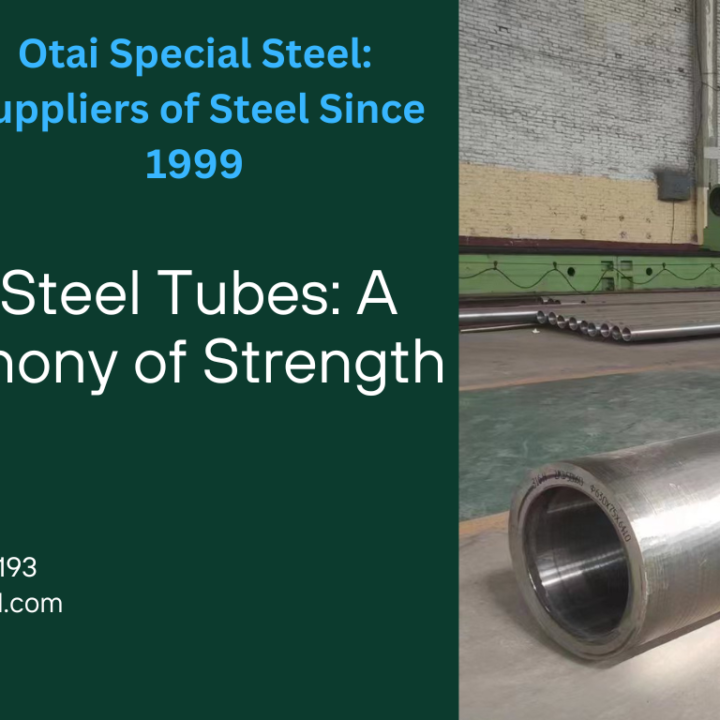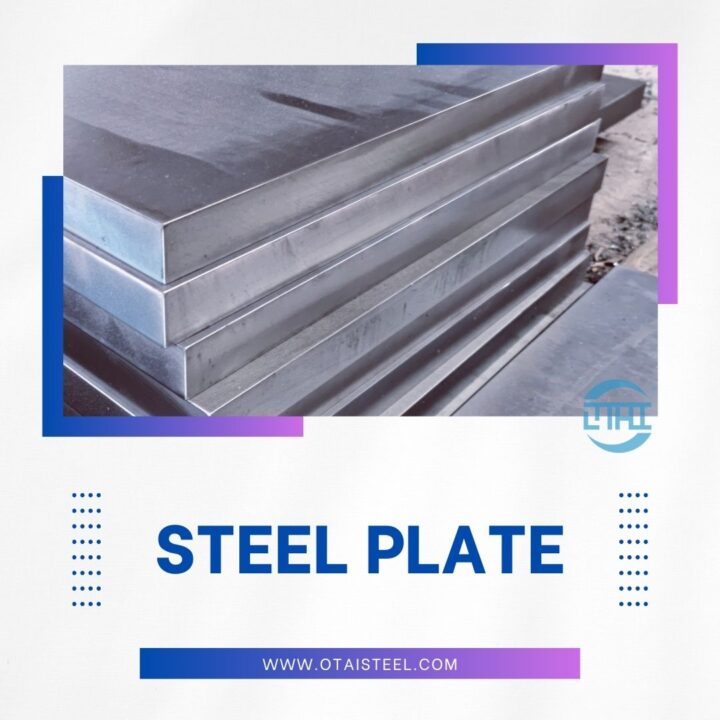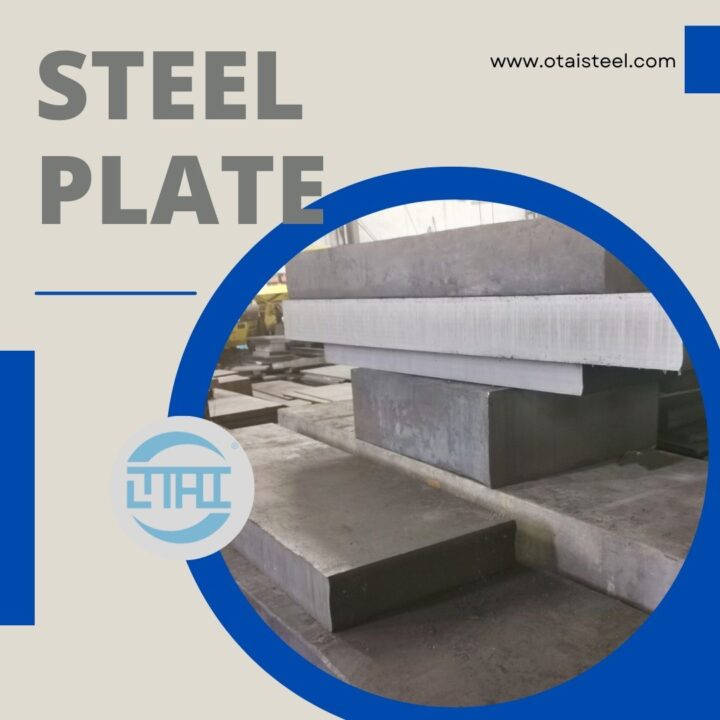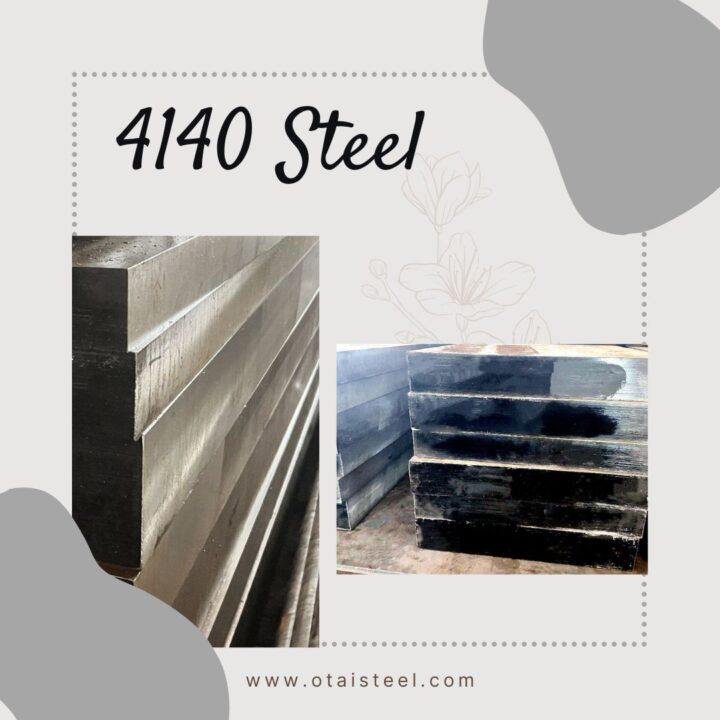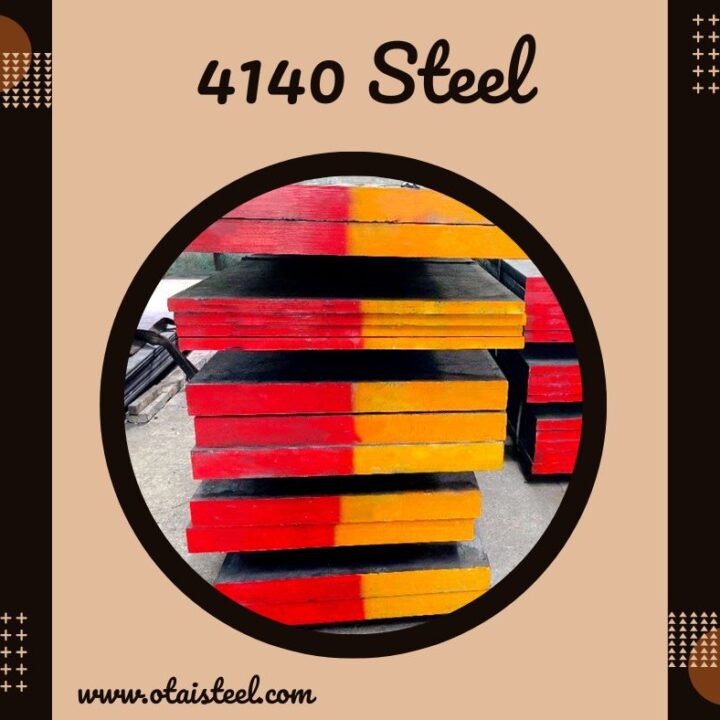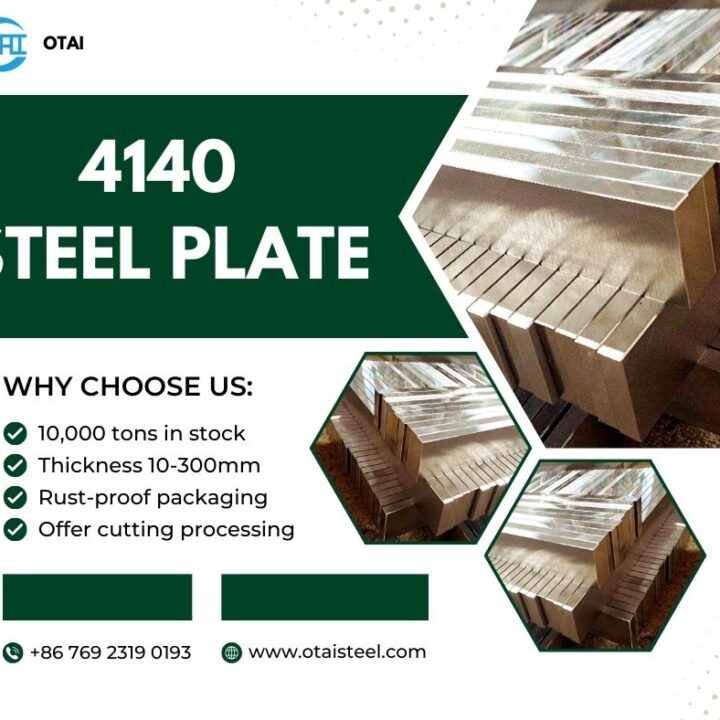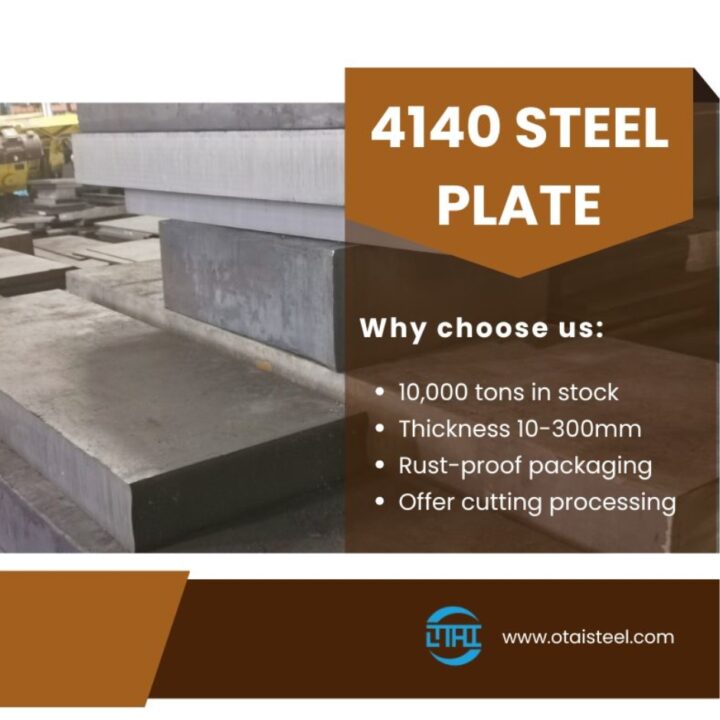D2 Tool Steel- Chapter 2
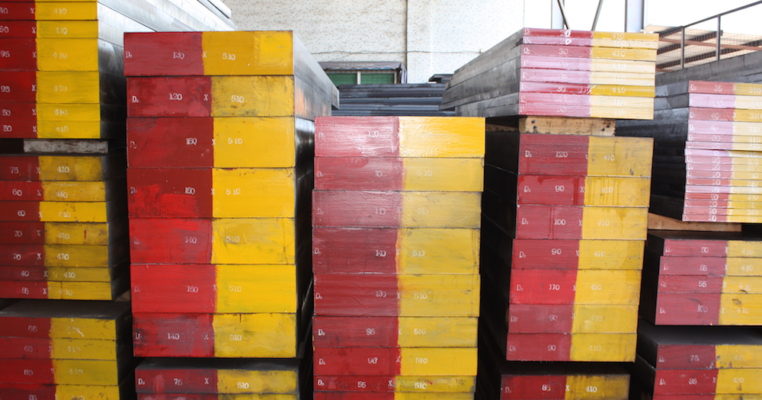
D2 Tool Steel-chapter 2
To make a good working knife, you need a good piece of steel.
Besides being a talented writer, the late Butch Winter was also an enthusiastic hunter, with what was once the largest privately owned collection of custom knives in America. When Butch wrote a published article stating he didn’t care much for D2 tool steel because knives made with it tended to either be too hard or too soft, it made an impression.
Integral drop-point hunter with cast D2 steel blade and cocobolo handles by Robert Fisher. Knife style is scapel-inspired.
In the years preceding his death, Butch found knives like Bob Dozier’s, which were made with D2 steel, to be to his liking. Dozier’s D2-bladed knives have set a performance standard for years. You can buy fancier D2 knives or less-expensive D2 knives. But, when you want a knife that can cut as well as any made with D2 alloy, Dozier Knives continues to be the comparison standard.
Butch Winter sagely stated there are no bad cutlery steels, although some might be better-suited for certain applications than others. My personal experience with knives made with D2-steel blades has been that the steel is capable of providing a performance range that stretches from good (in the top 50%) to phenomenal (in the top 1%).
How does a buyer determine where the knife is on that scale? It’s a valid question, but one for which I don’t have the definitive answer. I do have a better-than-average comprehensive explanation for why that definitive answer is elusive.
D2 STEEL MAKEUP
The chemical content for D2 tool steel is 1.4-1.6% carbon, 0.60% manganese, 11.00-13.00% chromium, 0.30% nickel, 1.10% vanadium, and 0.70-1.20% molybdenum. The primary use of this steel is for making stamping dies that cut steel pieces out of other, softer steels. The actual percentage of D2 tool steel produced by steel makers that winds up in use as knife blades is quite small.
While I have no evidence that distribution of available product might prejudice how steel makers provide the D2 steel they make, as a chemist, I can tell you that all D2 steel is not identical. Every production lot has allowable fluctuations in the component contents. This means that it’s possible for the variables to stack in a way that may either result in an ordinary serviceable knife or in an extraordinarily good knife. And the result may not be evident until after a knife is finished.
Bob Dozier told me during a telephone conversation that, once in a blue moon, he has to send a shipment of D2 steel back to the steel supplier after heat treatment of the first blades when, after testing, they did not give the results he expects from his proprietary heat-treatment procedures.
Not all knifemakers are as conscientious or demanding about quality control in their heat-treating as Bob Dozier. Every time we talk, he stresses that it’s consistency and uniformity of heat treatment that’s the primary factor in his knives performing in a superior way, knife after knife. Bob confirms that to make a good working knife, you need a good piece of steel.
